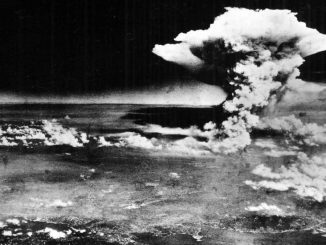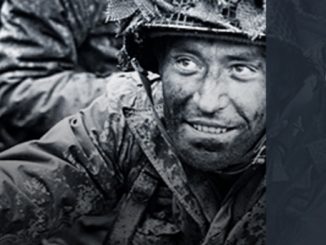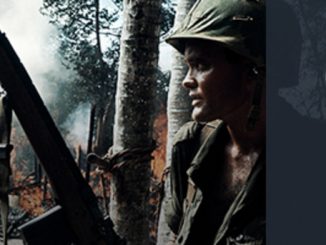On the afternoon of June 29, 1969, a crowd consisting mostly of Black people from the nearby area packs Harlem’s Mt. Morris Park (now Marcus Garvey Park). Over the course of this afternoon and the next five Sunday afternoons, Black performers from many different genres and eras appear on the park’s brightly-colored, sunlit stage in a dazzling series of shows known as the Harlem Cultural Festival. The festival will draw a total of over 300,000 people.
Tony Lawrence, the eccentric lounge singer, concert promoter, and youth director of a local church, was chosen to organize and emcee the Harlem Cultural Festival by the New York Parks Department. The festival began in 1967 and drew big crowds in its first two years, convincing Lawrence to make the 1969 edition the biggest yet. In the wake of 1968, when the assassination of Martin Luther King Jr. (and subsequent assassination of Robert Kennedy) had led to massive unrest in Harlem, the administration of Mayor John Lindsay felt compelled to offer cultural programing to the city’s Black residents, perhaps in an effort to keep the peace. Despite the city’s support and the sponsorship of Maxwell House coffee, the budget was tight: without enough money to pay for proper lighting, organizers situated the stage facing West to take advantage of sunlight. A steep cliff opposite the stage would serve as a makeshift grandstand as more and more people crowded into the park. The Black Panthers provided security for the concert series, some appearing in the crowd in uniform, some undercover, and some perched in the trees.











Be the first to comment